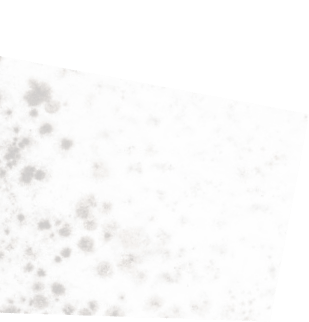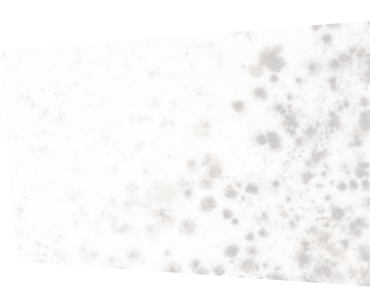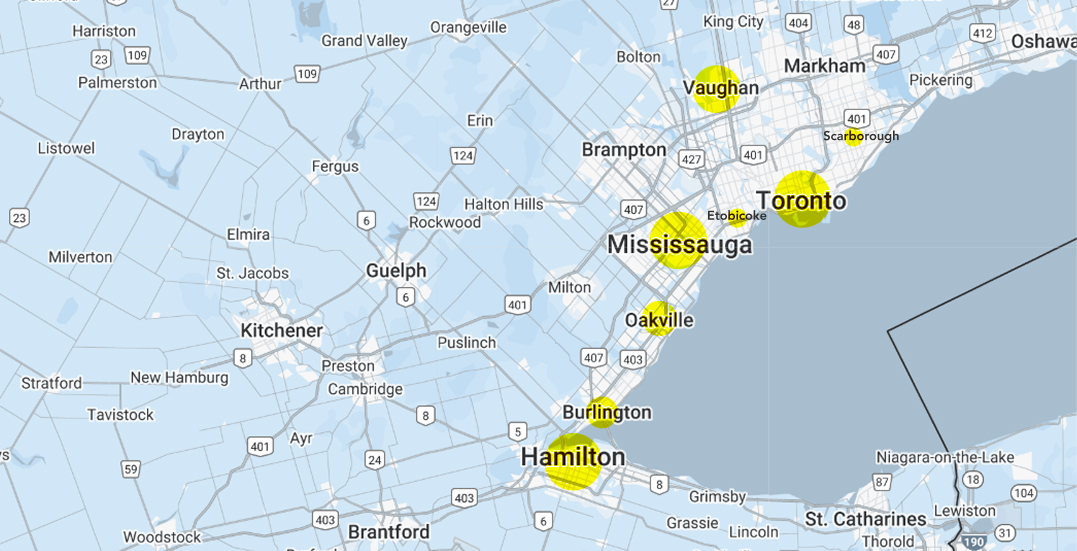Call 416-568-9702 to book your mold inspection and removal services and get mold removal services you can rely on fast with Inch By Inch Inspections.
When you suspect the onset of an outbreak in a commercial or residential property, contact the certified expert in The Greater Toronto Area for a professional mold inspection and mold remediation. Mold removal in Toronto should be performed immediately by professional licensed and certified remediation experts in Toronto. From mold testing and inspections to IICRC-certified mold removal and mold remediation, the IICRC-certified award-winning removal experts at Inch By Inch inspections can effectively detect and remediate dangerous contaminants.
If there are signs of mold on your property, contact the trusted experts at Inch By Inch Inspections for inspections and remediation services in the Greater Toronto Area.
.jpg) An inspector and remediation provider with extensive residential and commercial experience understands how mold works itself into different areas and rooms of the home and who also understands what can cause the growth. Detailed visual inspections inside key areas are complemented by air quality tests and reporting that will give you the total picture when it comes to mold. Professional residential mold removal crews will have the latest training, the proper equipment and human safe chemicals to get the removal and damage restoration job done thoroughly and completely to your satisfaction. Once the job is completed, further air quality tests will be performed to confirm removal of the mold.
An inspector and remediation provider with extensive residential and commercial experience understands how mold works itself into different areas and rooms of the home and who also understands what can cause the growth. Detailed visual inspections inside key areas are complemented by air quality tests and reporting that will give you the total picture when it comes to mold. Professional residential mold removal crews will have the latest training, the proper equipment and human safe chemicals to get the removal and damage restoration job done thoroughly and completely to your satisfaction. Once the job is completed, further air quality tests will be performed to confirm removal of the mold.
Our trusted and reputable mold removal experts at Inch By Inch Inspections will:
For more information about Mold Inspection and Mold Remediation, call us today or contact us today! We are an InterNACHI certified mold removal, mold testing, and mold remediation company serving Toronto, Mississauga, Vaughan, Oakville, Brampton, Burlington and surrounding areas in the GTA.
Our certified mold remediation specialists at Inch by Inch Inspections bring over 20 years of experience to every project, ensuring that your Toronto home or business is safe, healthy, and mold-free. Our process is thorough and professional, with our intentions being to safeguard both your property and the health of your family.
With over 20 years of experience, Inch by Inch Inspections is your top choice for quality and long-lasting mold removal services in Toronto.
In Toronto, the average mold removal costs range from $4.00 to $6.00 per sq foot, and mold inspections are free. Factors like the size of the job, location, and scope of the outbreak will also influence the final costs.
As a trusted and IICRC-certified company, we provide reasonable and competitive mold removal cost estimates. We also offer senior discounts. To learn more about our mold removal costs and to get started on eliminating any infestations in your commercial or residential property, contact Inch By Inch Inspections.
At Inch-by-Inch we do everything according to established industry standards. We ensure a safe, effective cleanup, and a removal protocol that prevents any type of residual infiltration. Inch-by-Inch also abides by the standards set out by InterNACHI (International Association of Certified Home Inspectors). We do it right from the start, and assure homeowners of long-term results.
In some homes, it can be difficult to find the source of mold, simply because mold can thrive in a “hidden” environment. With damp conditions, and material to “feed” on, mold will find a breeding ground. This is where Inch-by-Inch can offer professional mold removal. In the GTA, and throughout the area, our experts will get to the source, identify the scope, and effectively remove.
The two biggest factors in mold growth are blocked airflow and humidity. Restricted airflow will not allow moisture to evaporate which means increased humidity in a defined space. Mold can easily start to develop in areas that experience high humidity with little to no air circulation. Common residential areas where mold tessting detects outbreaks include:
Commercial spaces with exposed piping and complex engineering can also be susceptible to mold development and it would make business sense to perform proper testing on a regular basis to confirm the presence of the fungus and get professional mold remediation done, if required.




Inch by Inch Inspections is here to help you breathe fresh air, not contaminated air. When samples are taken, regardless of the purpose, the results should help answer a clear question. To begin with, what is required to evaluate the air you breathe is an Indoor Air Quality Assessment. Our assessments could include a simple laboratory report of the degree of contamination of an area inside of your residence or place of work. From inspections to air sampling in your commercial our residential property, trust the experienced and certified mold remediation team at Inch By Inch Inspections.
Look out for the following signs you need a mold inspection in Toronto, and contact our mold removal experts fast.
To get started book your complimentary mold inspection.
Mold is a versatile organism and can thrive on most surfaces. Increased moisture and humidity are the root causes of mold, and most dark and inaccessible areas of the home are usual hotspots for fungus development. Appearing as black smears or green or beige bubbling, mold can be found in the following areas in the home:.jpg)
In addition to the unsightly appearance, mold will create a musty and stale odor in nearby areas and local owners should hire a professional mold inspector to perform complete mold removal as soon as possible.
Mold removal in homes is the key to improving the quality of life within the residence. In addition to its unsightly appearance, musty odor and destructiveness, mold has adverse health effects for residents that continually breathe in contaminated air. Mold naturally releases bacteria and mold spores into the local air stream and exposure could lead to a host of health problems including respiratory issues, headaches, fatigue, and skin irritation. Once mold is removed by a professional, air quality will improve directly enhancing the quality of life in the home.
Mold can be a serious problem in homes and businesses. Left unchecked, mold can quickly grow and spread, causing damage to property and posing a health risk to occupants. That's why it's important to seek out professional mold removal services as soon as possible if you suspect you have a mold problem.
Professional mold removal services can quickly assess the extent of the problem and take steps to eliminate the mold and prevent it from spreading. They will also take steps to clean up any damage that has been caused by the mold and restore the property to its original condition.
If you're looking for a reliable and experienced mold removal service, contact Inch By Inch Inspections. We offer comprehensive mold removal services for homes and businesses in Toronto and the surrounding area. We use the latest equipment and techniques to get the job done quickly and effectively.


Got Questions? We’ve Got Answers!


